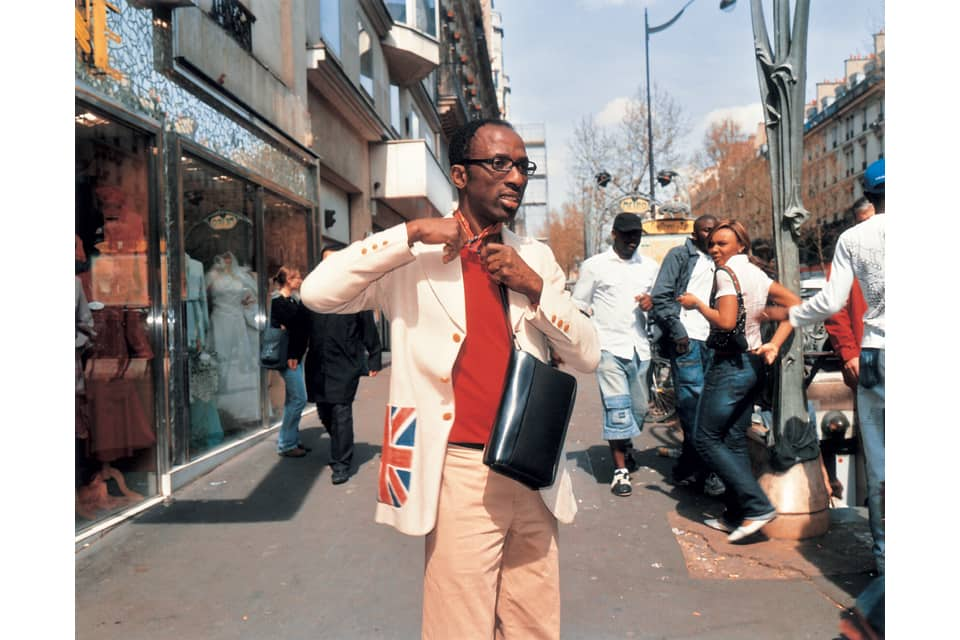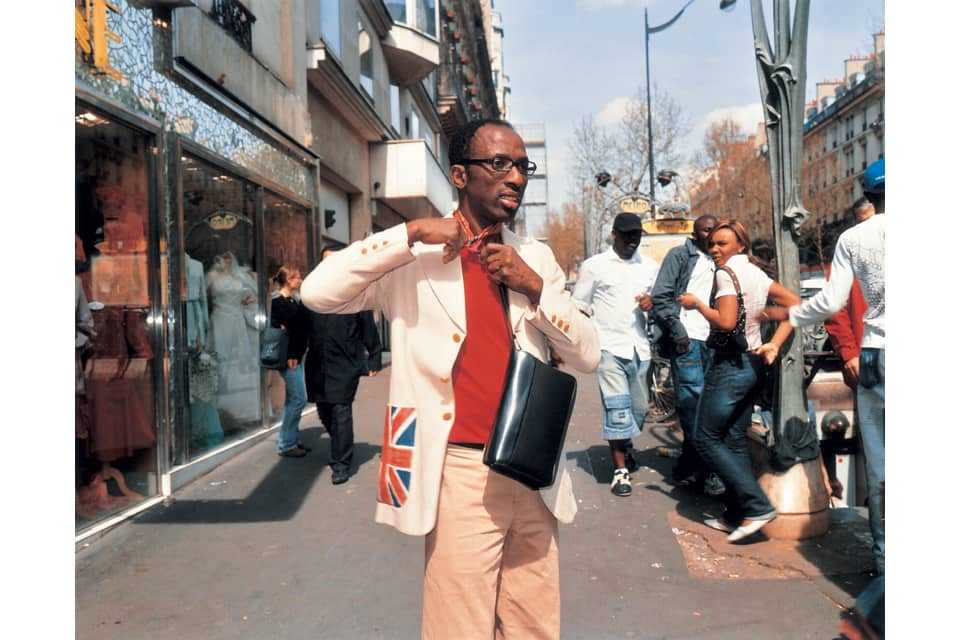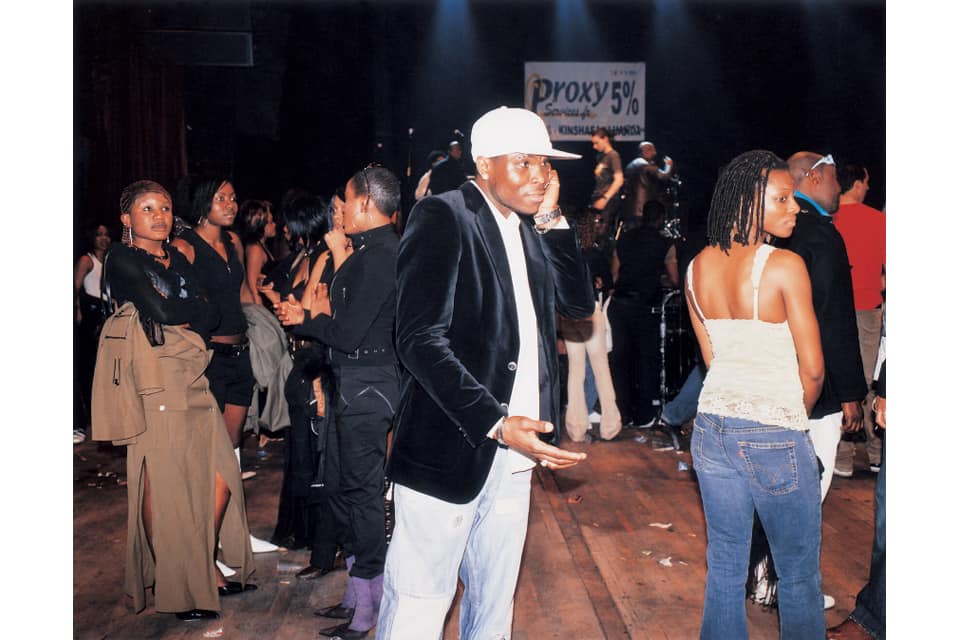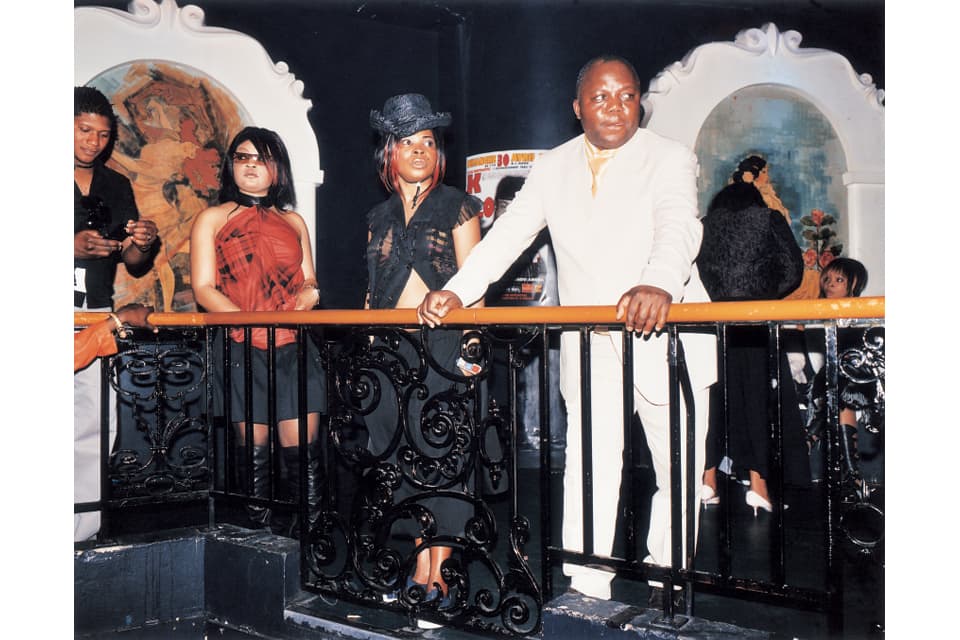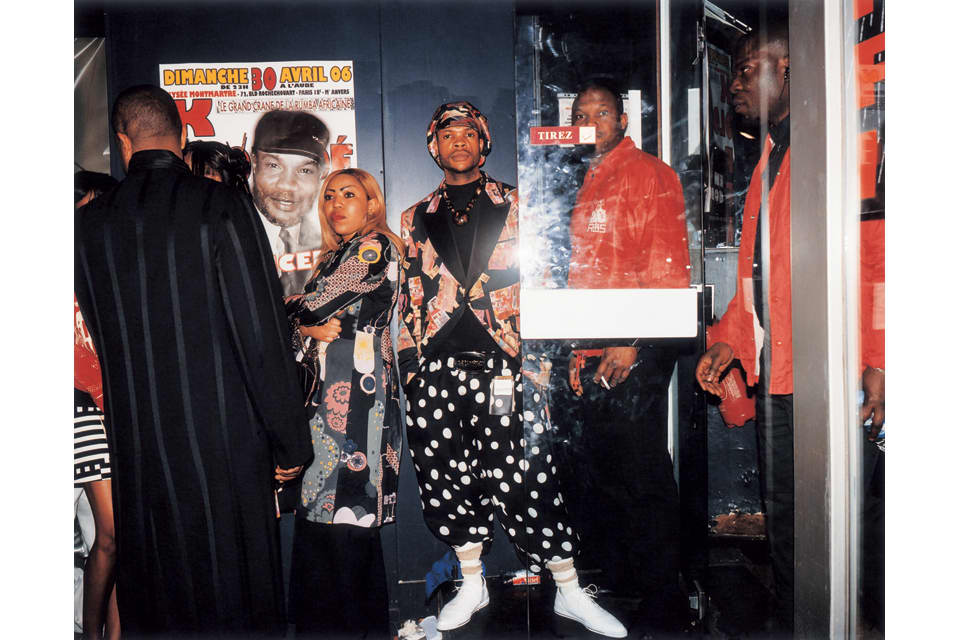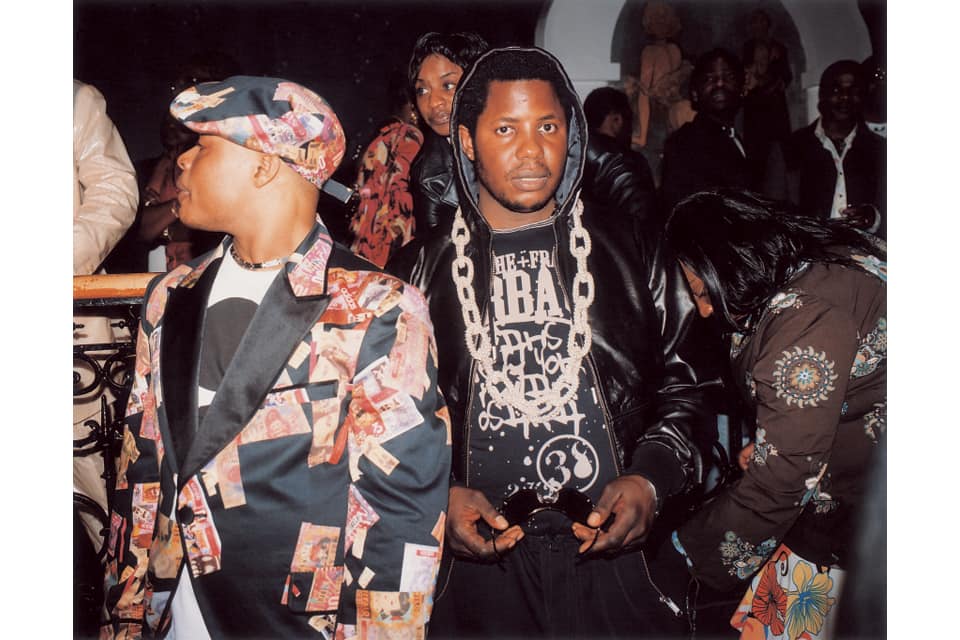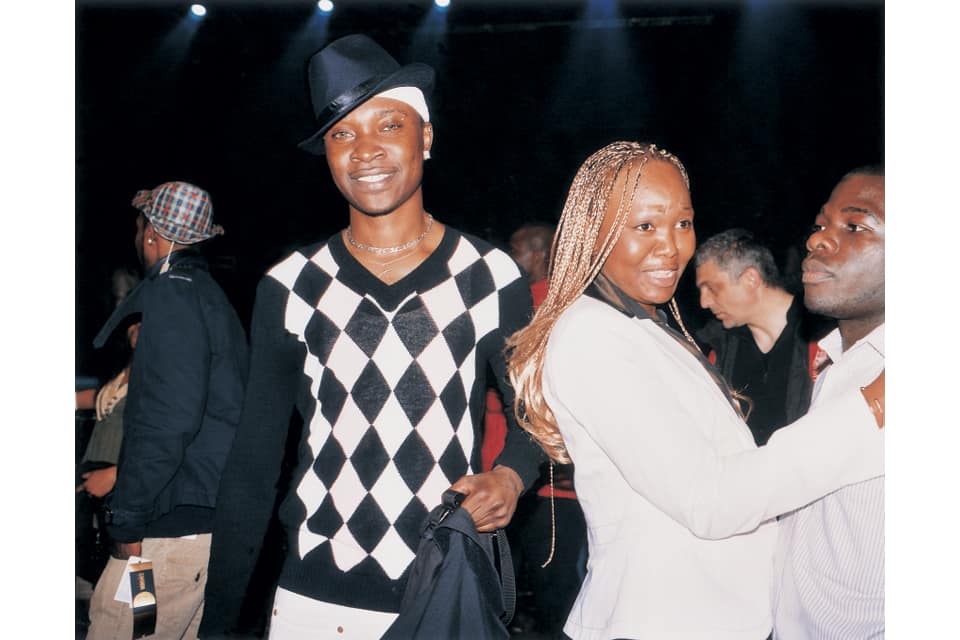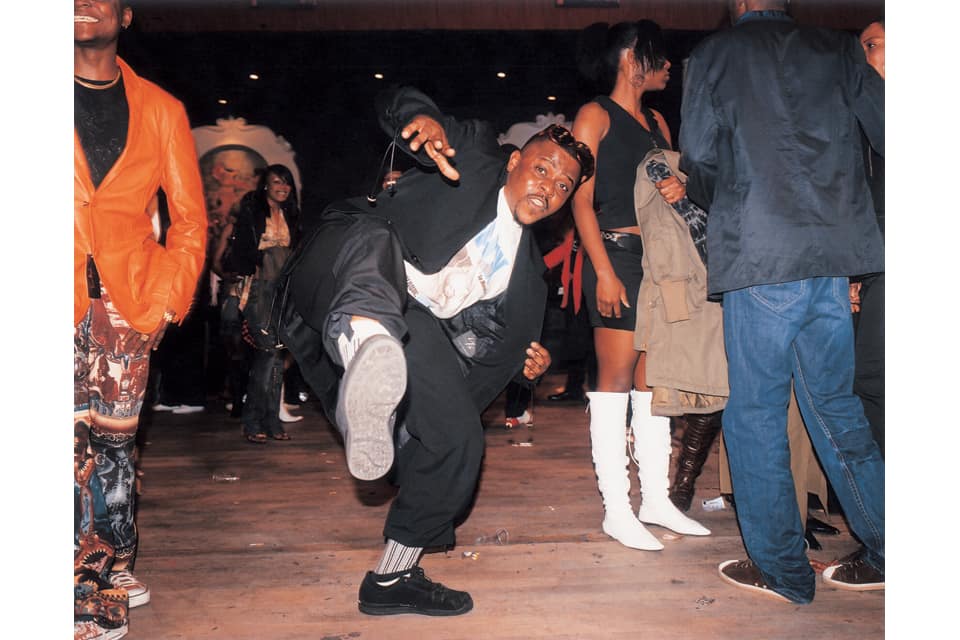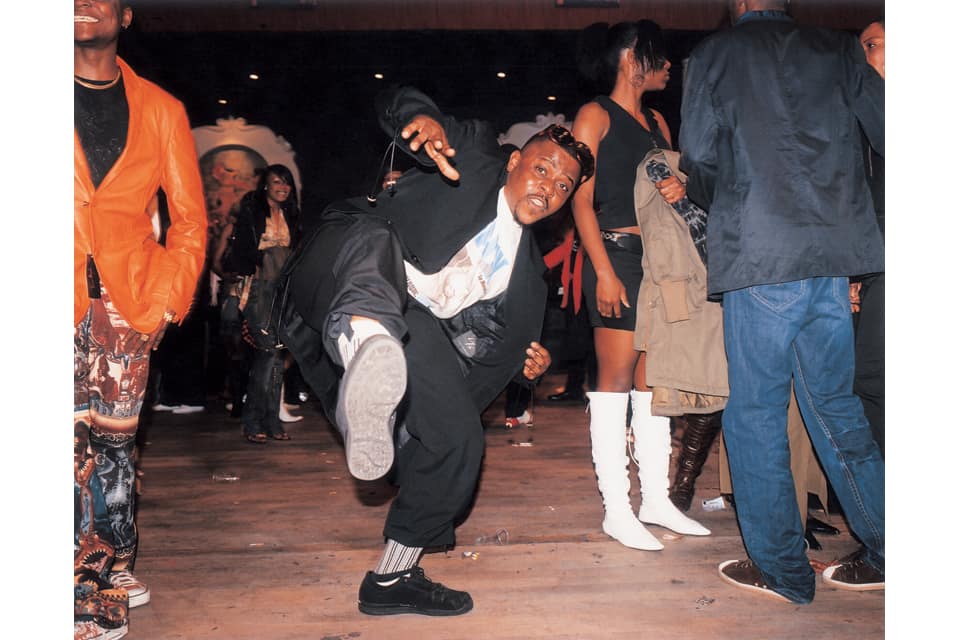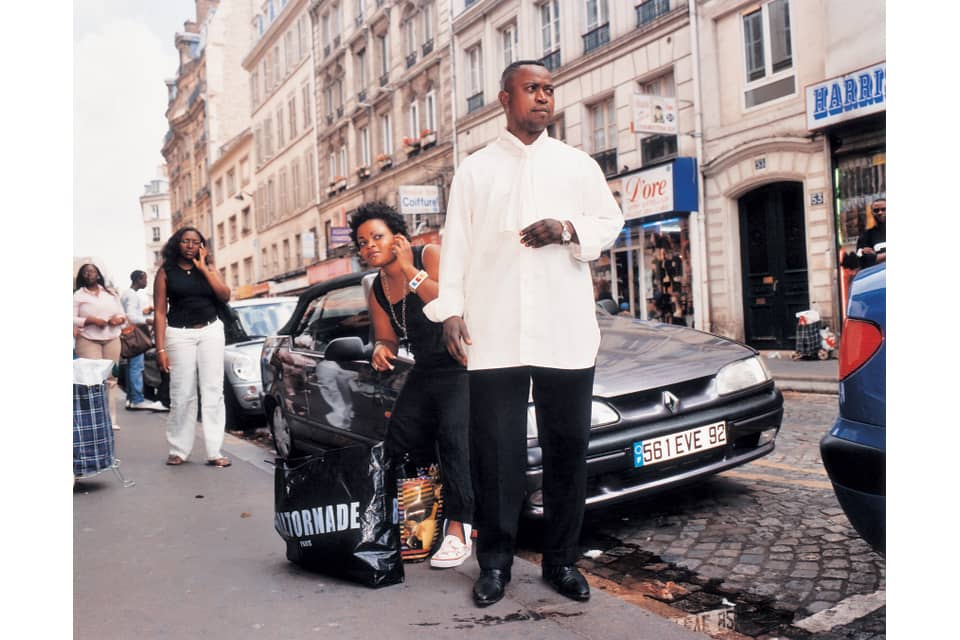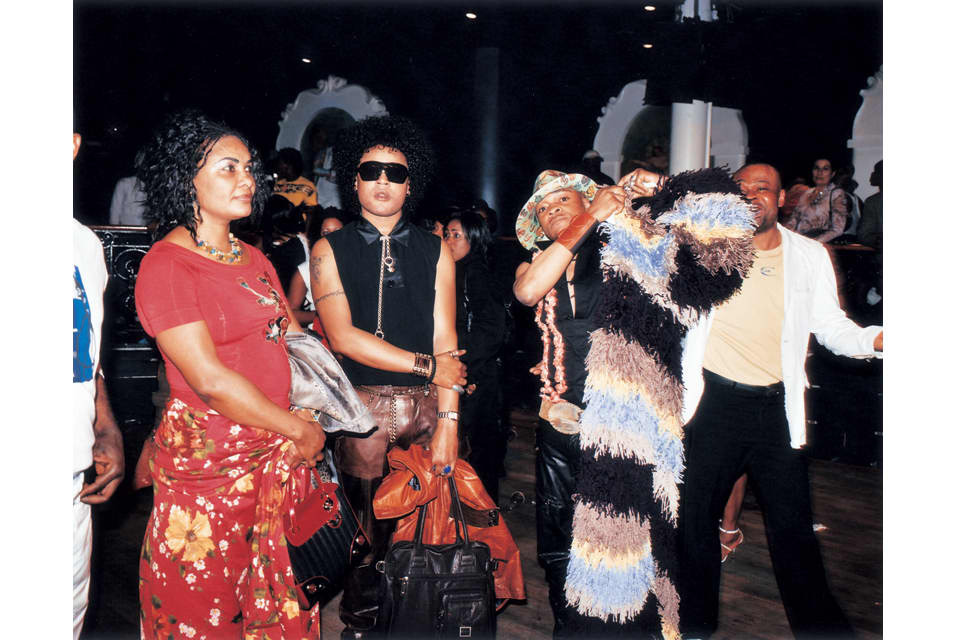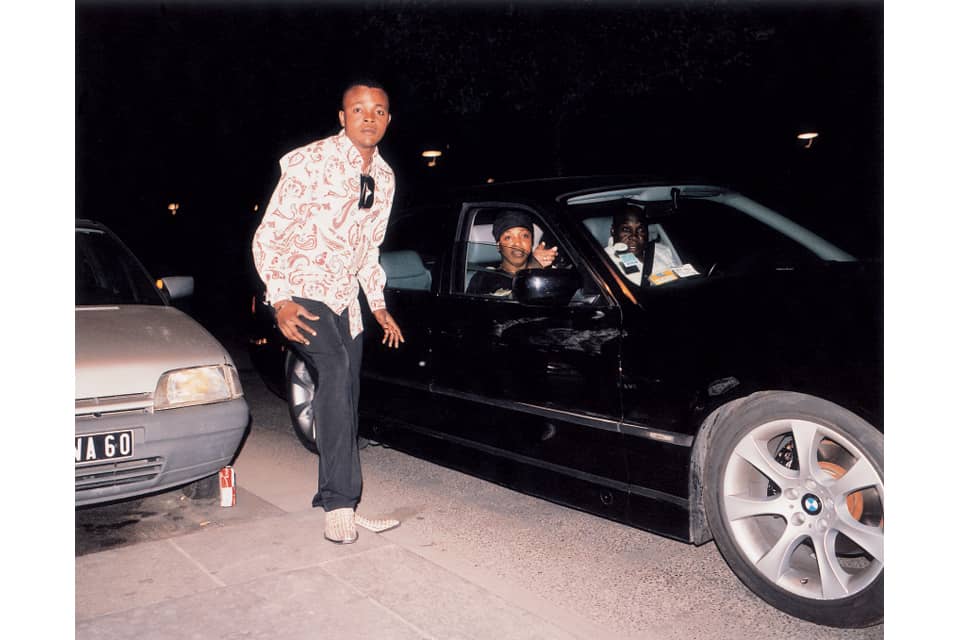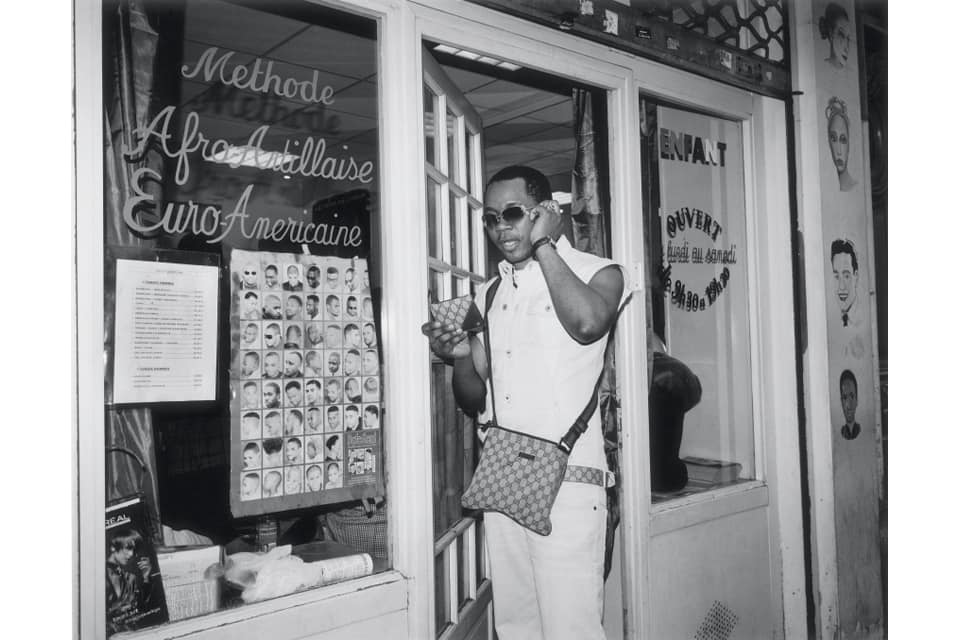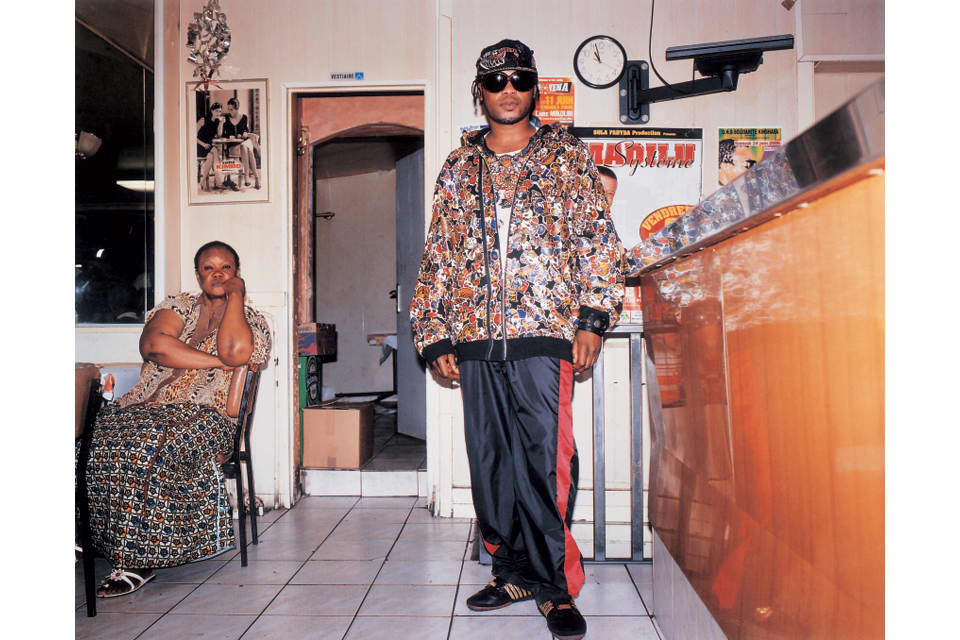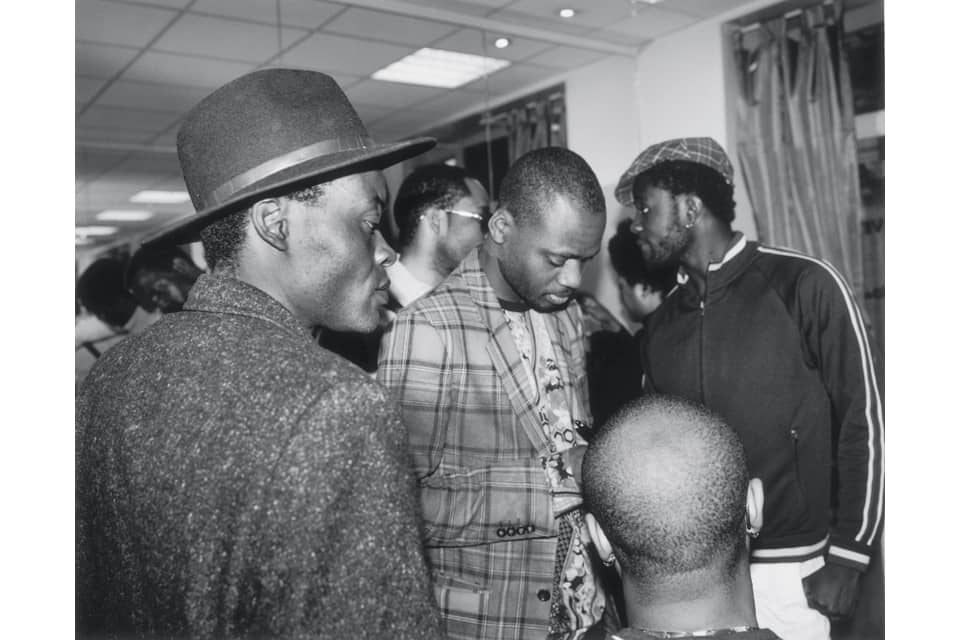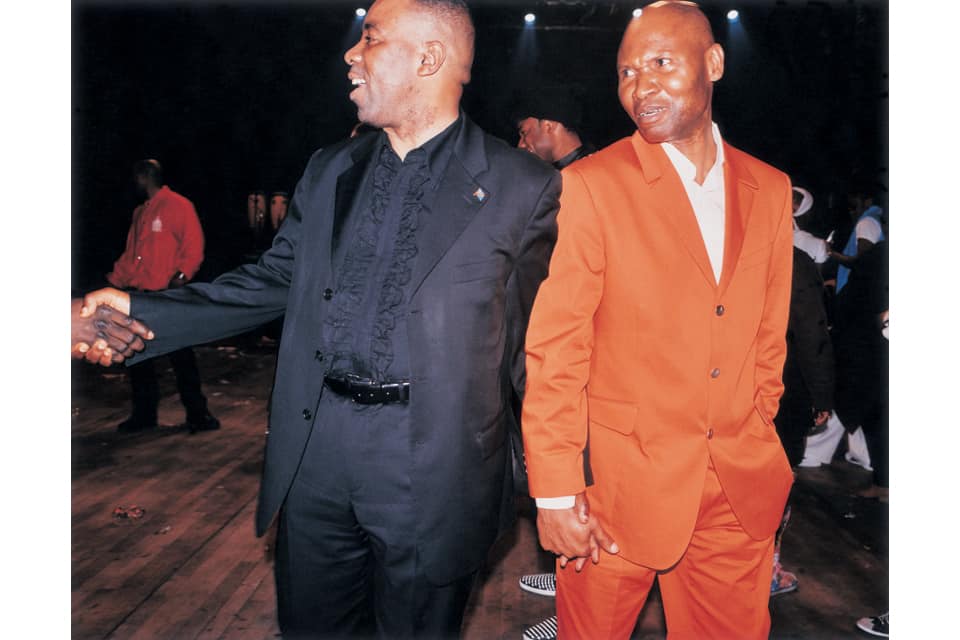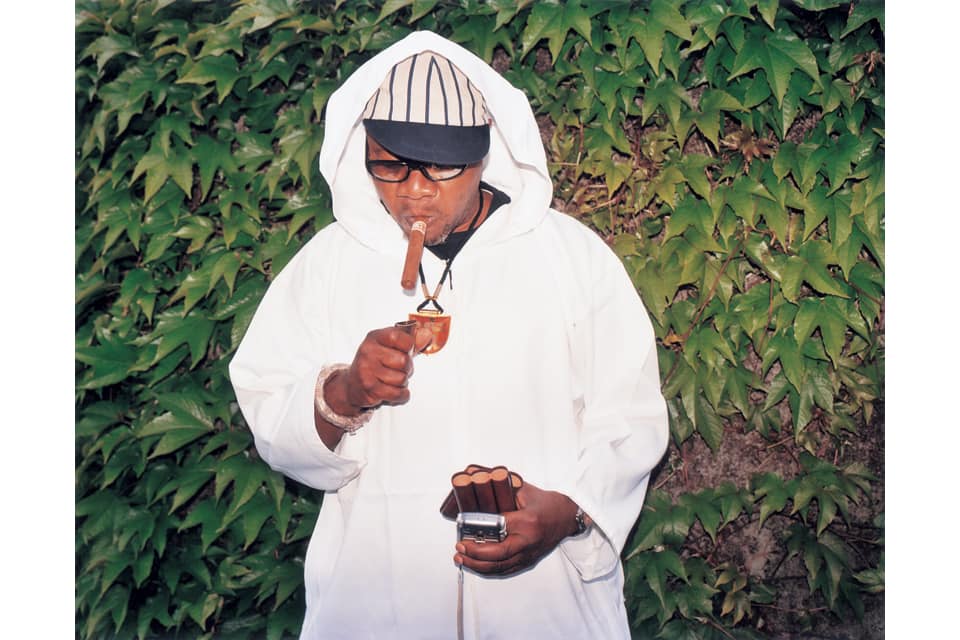Earlier this week, Solange released a colorful video for her new single "Losing You," filmed in South Africa and starring a group of Sapeurs, the infamous society of Congolese fashion dandies. Today we take a look back at Liz Johnson Artur's photos of diaspora Sapeurs in Paris, from FADER #42.
The ideological battle of the Sapeurs.
The story of the Sapeurs begins in the 1950s, when Congolese students in Paris came back to their home country (bka Brazzaville), and began to hold philosophical meetings clad stylishly in black—triggering fashion envy on the other shore of the Congo River.
In those days, Zaïre, (aka the Democratic Republic of Congo, or Congo Kinshasa) was better known for its music than its fashion industry, largely because Kinshasa citizens were prohibited from wearing the occidental suit after President Mobutu Sese Seko named the abacost (a suit worn without a tie) the official clothing of the republic.
In the face of this, Papa Wemba, a young rumba singer, started a protest movement. The duds buff created a fantasy village out of his family home in Kinshasa called “Molokai,” complete with a shadow cabinet and—most notably—its own dress code. The SAPE (Society of Ambianceurs and Persons of Elegance) was born, and its citizens, the sapeurs (a name that references the French word for military combat engineers), took to the streets and the dancefloors. Any music gig or bar scene became an opportunity for these youths to challenge each other by stomping their thousand-franc shoes, running their fingers through closely cropped haircuts or naming labels and prices.
As the movement spread, Zairian sapeurs mixed sport, casual and luxury lines to distinguish themselves from their Congolese counterparts. They scouted new fashion designers and silhouettes including Marithé et Francois Girbaud and Jean Paul Gaultier in the ’80s, later rocking Italian designers like Enrico Coveri, Versace and D&G. The movement took various forms among different African communities, but the desire for elegance held fast as the appeal of certain brands waxed and waned.
Nowadays the movement is still strong among the Congo-Kinshasa diaspora, including the sapeurs here, photographed by Liz Johnson Artur in the streets and clubs of Paris. Unlike their elders, the primary motivation for the new generation is to establish a reputation for wealth—“Clothes, cars and girls,” as one expert put it. Many worship upcoming Japanese brands like Kazamoto, and, in turn, some of the Japanese houses pay homage by offering endorsement partnerships to community superstars. By contrast, the “maisons”—the French fashion houses—happily accept the sapeurs’ cash, but give little respect to these customers in exchange.
